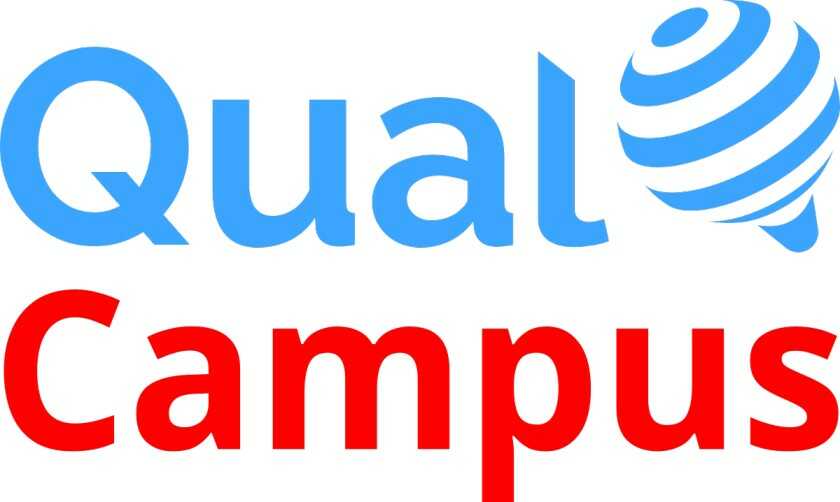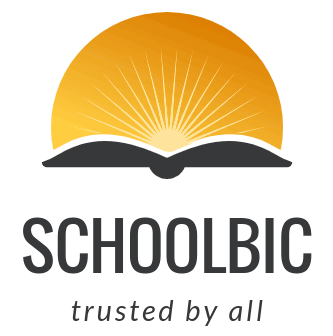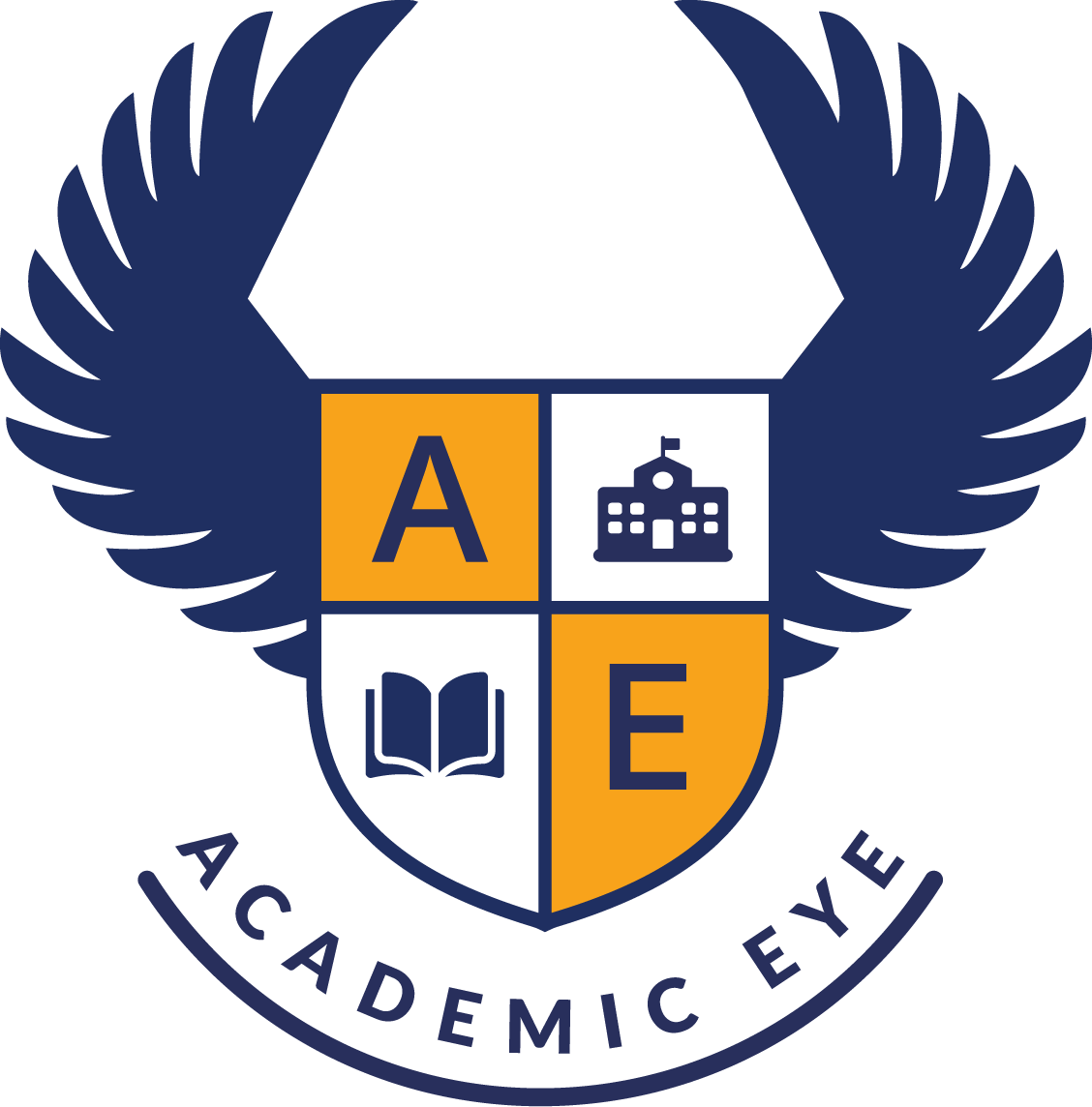Description

QualCampus

SchoolBic
Comprehensive Overview: QualCampus vs SchoolBic
QualCampus and SchoolBic are both educational management software solutions designed to enhance the operational efficiency of educational institutions. Here’s a comprehensive overview of their primary functions, target markets, market share, and differentiating factors:
a) Primary Functions and Target Markets
QualCampus:
-
Primary Functions:
- QualCampus offers a comprehensive suite of integrated modules that cover various aspects of educational management. Key functionalities include:
- Student Information System
- Admissions Management
- Attendance Tracking
- Examination Management
- Timetable Scheduling
- Fee Collection and Financial Accounting
- Human Resource Management
- Learning Management System
- The platform is designed to streamline administrative tasks and facilitate communication between students, teachers, and parents.
- QualCampus offers a comprehensive suite of integrated modules that cover various aspects of educational management. Key functionalities include:
-
Target Markets:
- QualCampus primarily targets higher education institutions, such as colleges and universities, but it is also suitable for K-12 schools. Its robust feature set is designed for larger educational establishments that require more comprehensive administrative tools.
SchoolBic:
-
Primary Functions:
- SchoolBic offers an extensive range of features aimed at simplifying school management. Its functionalities include:
- Student Enrollment and Records
- Attendance and Timetable Management
- Examination and Grade Book Management
- Parent-Teacher Communication
- E-Learning Support
- Finance and Payroll Management
- Library Management
- The platform focuses on creating a cohesive ecosystem for both educators and administrators to enhance learning outcomes.
- SchoolBic offers an extensive range of features aimed at simplifying school management. Its functionalities include:
-
Target Markets:
- SchoolBic is primarily aimed at K-12 schools, including primary and secondary educational institutions. Its user-friendly interface is tailored to cater to schools looking for an all-in-one management solution.
b) Market Share and User Base
Comparative data regarding market share and user base can vary substantially depending on geographic regions and specific market research sources. However, general trends can be observed:
-
Market Share:
- Neither QualCampus nor SchoolBic are market leaders on a global scale when compared to large, internationally recognized platforms like Blackboard or PowerSchool. However, they maintain a significant presence in specific regional markets, especially in countries focusing on digital transformation in education.
-
User Base:
- QualCampus tends to have a more substantial presence in higher education contexts due to its expansive feature set suitable for larger institutions.
- SchoolBic, on the other hand, has a strong following among smaller K-12 schools due to its ease of use and targeted functionalities for primary and secondary education management.
c) Key Differentiating Factors
-
Customization and Flexibility:
- QualCampus is known for its flexibility and the ability to customize various modules according to institutional needs. It offers extensive options for universities that require scalable solutions.
- SchoolBic focuses on providing an intuitive and straightforward user experience, catering more to schools that prefer an easy-to-implement solution with minimal customization.
-
Cost and Implementation:
- QualCampus might require a higher investment in terms of both time and money due to its comprehensive and adaptable functionality. It's often chosen by institutions willing to invest in a customizable, long-term solution.
- SchoolBic is generally seen as a cost-effective option, with relatively straightforward implementation processes attractive to schools with limited resources.
-
Integration and Scalability:
- QualCampus is designed to integrate well with various third-party applications and can handle large volumes of data, making it suitable for universities with extensive digital ecosystems.
- SchoolBic is designed with simplicity in mind and offers integration with essential educational tools, suitable for schools that need efficient solutions without overcomplicating their technical infrastructure.
In conclusion, the choice between QualCampus and SchoolBic largely depends on the size, type, and specific needs of the educational institution. QualCampus stands out in larger, higher education settings, while SchoolBic offers a convenient solution for K-12 schools looking for an integrated yet straightforward system.
Contact Info

Year founded :
Not Available
Not Available
Not Available
Not Available
Not Available

Year founded :
2016
+234 816 737 2930
Not Available
Nigeria
http://www.linkedin.com/company/schoolbic
Feature Similarity Breakdown: QualCampus, SchoolBic
When comparing QualCampus and SchoolBic, two educational management software platforms, it’s important to consider their core features, user interfaces, and any unique aspects that set them apart. Please note that specific features might have evolved since my last training data, so it's always a good idea to consult the official websites or contact the providers for the most up-to-date information.
a) Core Features in Common:
Both QualCampus and SchoolBic are designed to assist educational institutions in managing their operations more effectively. Common core features include:
-
Student Management: Both platforms offer comprehensive student information systems to track enrollment, grades, attendance, and other essential student data.
-
Fee Management: Each provides functionality for billing, invoicing, and tracking payments, helping to streamline the financial operations of a school.
-
Faculty Management: Both systems allow for organizing and managing faculty information, assignments, and schedules.
-
Timetable Management: They offer tools for creating and managing class schedules and room allocations.
-
Examination Management: The platforms provide features for scheduling exams, managing grades, and reporting results.
-
Communication Tools: They facilitate communication between students, faculty, and administration through email, messaging, and notifications.
-
Library Management: Both support library functions like cataloging, circulation management, and tracking of inventory.
-
Reporting and Analytics: Each offers various reports and insights to aid administrative and academic decision-making.
b) Comparison of User Interfaces:
While a detailed comparison would require current screenshots or direct interaction with the software, some general observations can be made:
-
QualCampus: Typically emphasizes a clean and straightforward design, focusing on ease of navigation and user accessibility. The interface is generally intuitive, catering to users with varying levels of technical savvy.
-
SchoolBic: Also prioritizes user-friendly design, often with a modern, slightly more visually engaging interface. It's designed to be intuitive and easy to navigate, with dashboards providing quick access to essential features and analytics.
Both products aim to ensure that their user interfaces minimize the learning curve for new users, offering support and tutorials to aid in the adaptation process.
c) Unique Features:
-
QualCampus:
- Customizable Modules: Often praised for its flexibility, QualCampus might offer more options for customization to suit specific institutional needs.
- Legacy System Integration: Some institutions highlight the ability of QualCampus to integrate with existing systems, minimizing transition-related disruptions.
-
SchoolBic:
- AI-powered Analytics: SchoolBic might incorporate more advanced analytics features, potentially utilizing AI to deliver predictive insights into student performance and operational efficiency.
- Enhanced Parent Portal: SchoolBic often emphasizes its parent-teacher communication tools, providing robust portals for parents to engage with the school and monitor student progress.
In terms of differentiation, evaluating the unique needs of an institution is crucial to determining which platform provides the most beneficial or exclusive features. Each platform's ability to adapt or grow with an institution can also be a deciding factor, so it's advisable to consider trial versions or demo scenarios to better understand how each would work in practice.
Features

Not Available

Not Available
Best Fit Use Cases: QualCampus, SchoolBic
QualCampus and SchoolBic are both comprehensive educational management solutions designed to cater to different needs within the educational sector. They serve distinct purposes and fit varying types of institutions and projects. Here's a breakdown of their best fit use cases:
a) QualCampus
Types of Businesses or Projects for QualCampus:
-
Higher Education Institutions:
- Colleges and universities looking for a robust platform to manage their academic, administrative, and financial operations can benefit from QualCampus. It is designed to handle complex institutional needs, including course management, student records, and faculty management.
-
Vocational and Technical Institutes:
- These institutions often have unique scheduling, accreditation, and certification processes that require a flexible and comprehensive system like QualCampus.
-
Large K-12 Schools or School Districts:
- Large educational institutions or school districts where the complexity of management and the volume of data are higher can leverage the capabilities of QualCampus for effective management.
-
International Schools:
- Schools with global curriculums or international branches can benefit from the multi-currency, multi-language support provided by QualCampus.
b) Scenarios for SchoolBic:
Preferred Scenarios for SchoolBic:
-
Small to Medium-sized Schools:
- SchoolBic is ideal for schools that need to manage daily operations more efficiently without the complexity that larger institutions face.
-
Start-up Schools:
- New or emerging schools looking for an easy-to-implement solution to get their operations up and running quickly will find SchoolBic fitting.
-
Tutoring Centers and Learning Academies:
- Institutions that provide supplementary education services can use SchoolBic to manage student enrollments, class schedules, and communication.
-
Budget-Conscious Schools:
- Schools with limited resources looking for a cost-effective solution without sacrificing essential features can consider SchoolBic.
d) Catering to Different Industry Verticals or Company Sizes:
-
Industry Verticals:
- Both products cater primarily to the education sector, but their applicability varies. QualCampus, with its extensive customization options, can be adapted for specialized educational programs and institutions that have diverse needs.
- SchoolBic, on the other hand, can be useful for institutions focusing on primary and secondary education, offering tools that are straightforward and efficient for standard school operations.
-
Company Sizes:
- QualCampus is designed to cater to larger educational entities that require scalable solutions to handle numerous students and complex administrative tasks. It offers extensive features that support significant customization and integration capabilities.
- SchoolBic is aimed at smaller to medium-sized institutions, providing sufficient features that are easier to implement and manage without the need for extensive technical expertise.
In summary, the choice between QualCampus and SchoolBic depends on the specific needs of the educational institution, including size, complexity of operations, and budget constraints. QualCampus is more suitable for larger, more complex institutions, while SchoolBic fits well with smaller, budget-conscious schools that require straightforward management solutions.
Pricing

Pricing Not Available

Pricing Not Available
Metrics History
Metrics History
Comparing teamSize across companies
Conclusion & Final Verdict: QualCampus vs SchoolBic
To provide a well-rounded conclusion and final verdict for QualCampus and SchoolBic, we must evaluate them based on several criteria, including functionality, ease of use, pricing, customer support, scalability, customization, and user feedback. Here’s a breakdown of how each product stands in these areas and the resulting recommendations:
Conclusion and Final Verdict:
a) Best Overall Value:
QualCampus tends to offer the best overall value for institutions that require a comprehensive and robust educational management system. Its extensive list of features caters well to medium-to-large institutions that need customization and scalability. On the other hand, SchoolBic could be considered the better value for smaller schools or those with tighter budgets, as it simplifies many processes without overwhelming users with features they may not need.
b) Pros and Cons:
QualCampus:
-
Pros:
- Highly customizable to fit various educational scenarios.
- Comprehensive features covering almost every aspect of educational administration.
- Strong scalability, making it suitable for larger institutions.
- Great for institutions looking for long-term growth and advanced functionalities.
-
Cons:
- Can be overwhelming for smaller schools due to its complexity.
- Higher price point compared to SchoolBic.
- May require more time to implement and train staff.
SchoolBic:
-
Pros:
- User-friendly, with a gentle learning curve ideal for smaller schools.
- Cost-efficient, with a pricing model that fits tighter budgets.
- Quick and easy to implement.
-
Cons:
- Limited customization options compared to QualCampus.
- May not have all the advanced features needed by larger institutions.
- Scalability might be an issue as the institution grows.
c) Specific Recommendations:
-
For Larger Institutions:
- Opt for QualCampus if you need a fully-fledged system that can handle a variety of administrative tasks with the possibility of future expansion. Its robust feature set justifies the higher price point for larger user bases.
-
For Smaller Schools or Institutions with Tight Budgets:
- Consider SchoolBic for its straightforward functionality and cost-effectiveness. It is particularly well-suited for smaller teams that need a simple, efficient tool without the bells and whistles.
-
Mid-Sized Institutions:
- Evaluate both options based on specific needs and future growth plans. If scalability and customization are primary concerns, leaning towards QualCampus would be advisable. However, if immediate ease of use and budget are more critical, SchoolBic becomes a strong contender.
Ultimately, the decision between QualCampus and SchoolBic should be based on the institution's size, budget constraints, feature requirements, and long-term growth plans. Making use of trial versions or demos, where available, could also help decision-makers experience firsthand which system feels more intuitive and matches their day-to-day operational needs.
Add to compare
Add similar companies




